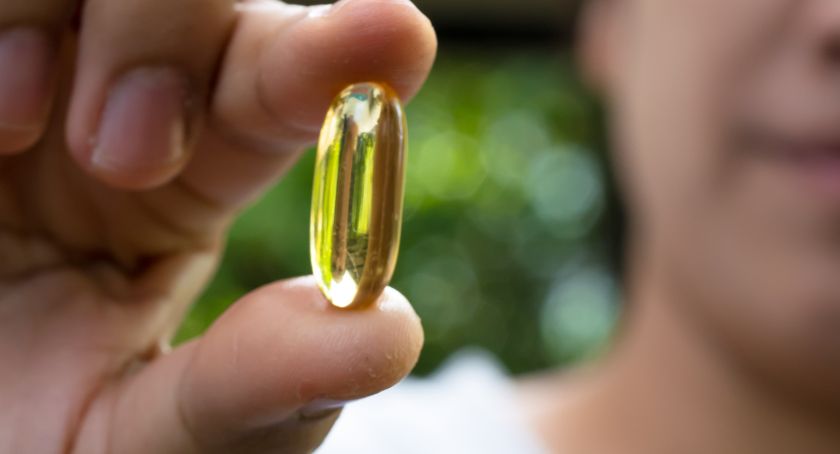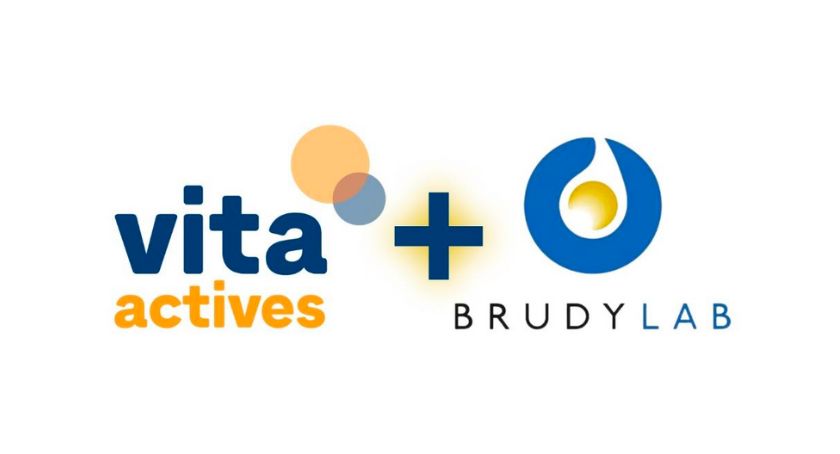Exclusives
Cost-Effectiveness of Integrative Medicine
Fortune 500 companies learn the value of alternative therapies at the Integrative Healthcare Symposium held in New York City recently.
By: Alan Richman
Spurred on by extraordinary cost increases for medical care—already $2.1 trillion a year in 2006, and expected to soar to $3.6 trillion in 2014—U.S. corporations are paying serious attention to how alternative medical approaches can save them money.
Speaking before an audience of hundreds at the Integrative Healthcare Symposium 2012 (IHS), Kenneth Pelletier, PhD, MD, said that many of America’s largest companies have joined the Corporate Health Improvement Program (CHIP), and are exploring such complementary and alternative medicine (CAM) techniques as acupuncture, naturopathy, homeopathy, chiropractic, dietary supplements and herbal therapy. Their motivation: By the year 2010, business spending for health services was equal to more than 75% of corporate profits and still was on the rise. This is a huge bite out of the bottom line, and anything employers can do to lessen the pain is obviously welcome.
Dr. Pelletier, clinical professor of medicine and professor of public health at the University of California School of Medicine San Francisco, and the University of Arizona School of Medicine, reminded his audience that corporations pay more than 60% of total annual medical care costs.
Among the enterprises currently participating in CHIP are the following: American Specialty Health, Canyon Ranch Resorts, Cisco, Dow, Ford Motor Company, IBM, Mercer, NASA, Nestle, Pepsi, Pfizer, Prudential, Thomson Reuters and Walgreens.
At his New York City appearance, Dr. Pelletier cited a number of CHIP research projects now under way. Ford is conducting a two-year, randomized clinical trial using integrative interventions for back pain. NASA is looking at better ways to manage stress. Prudential’s effort is called “Supporting Total Recovery in Valued Employees (STRIVE).” Other projects are exploring whether green tea can alleviate chronic obstructive pulmonary disease (COPD), whether nanotechnology can be used to broadcast biomarkers via a wireless Bluetooth system, and how epigenesis may be able to provide genetic, biomarker and psychosocial indicators, which would be “amenable to lifestyle interventions within 10-12 weeks.”
Reporting on CAM tests performed from 1980 to the present, Dr. Pelletier said, “All studies demonstrated clinical benefits, and in 91 of 92, a cost effect, cost benefit, and/or return on investment (ROI) resulted.”
In eight studies, with sample sizes ranging from 500 to 50,000 employees, ROI reached as high as 4.9:1, and the median was 3:1.
Dr. Pelletier also quoted from a 2010 study by K. Baicker, D. Cutler and Z. Song: “In a critical meta-analysis of the literature on costs and savings associated with [workplace disease prevention and wellness] programs, we found that medical costs fall by about $3.27 for every dollar amount spent on wellness programs and that absenteeism costs fall by about $2.73 for every dollar spent.”
More than 1100 practitioners and healthcare professionals participated in the eighth edition of the IHS, which was held February 9-11 at the New York Hilton. Speakers sharing the spotlight with Dr. Pelletier included Dean Ornish, MD, Joan Borysenko, PhD, Jeffrey Bland, PhD, FACN, FACB, Leo Galland, MD, DC, and others.
NJ-based freelance writer Alan Richman is a frequent contributor to Nutraceuticals World. He can be reached at arkr@optonline.net.





















